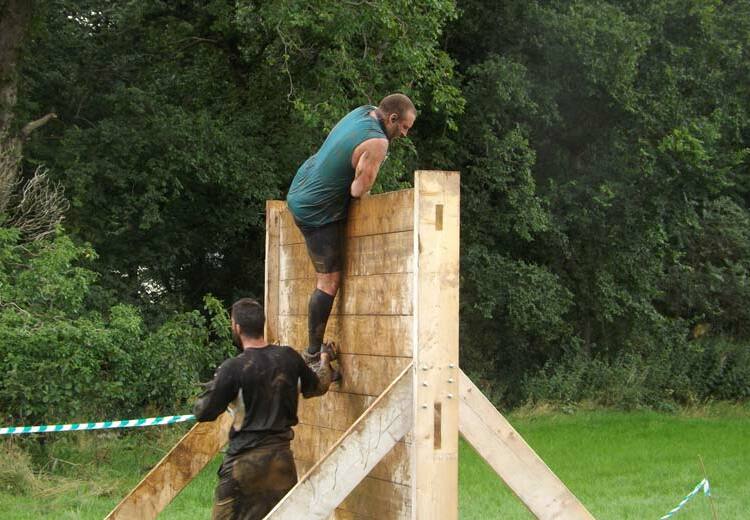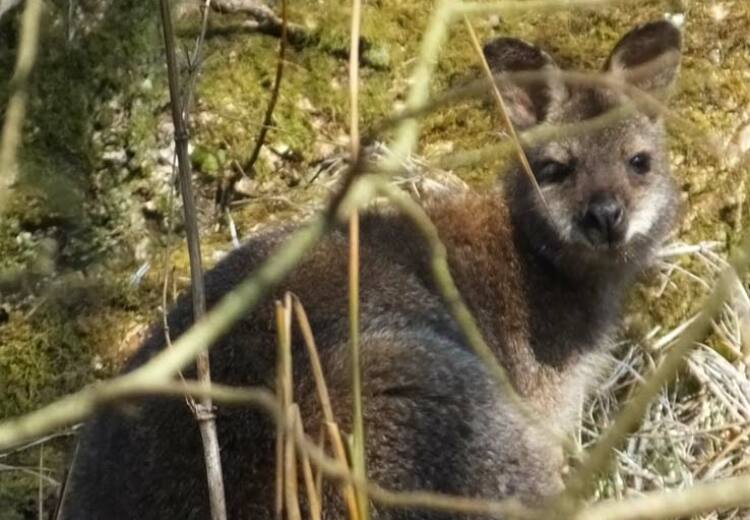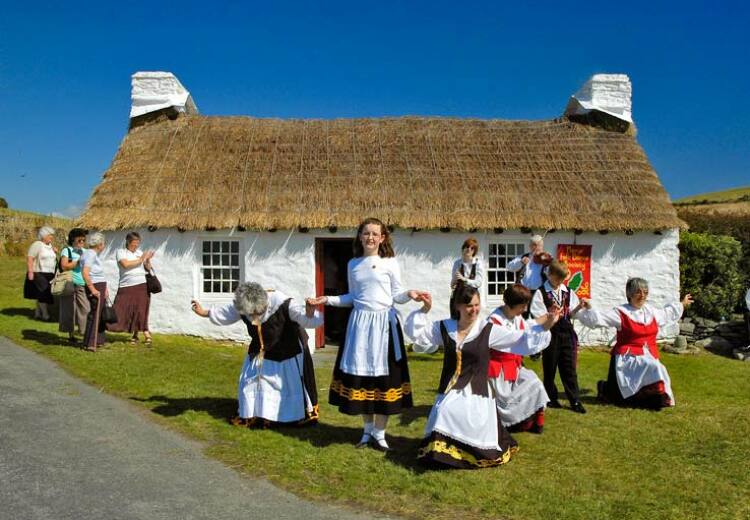THE public and horticultural trade are being urged to keep a look out for the Citrus Longhorn Beetle which could pose a serious threat to the Island's trees.
The beetle has been moving around the world in ornamental trees imported from Asia.
The non-native pest can be extremely damaging to a wide range of broadleaf trees and shrubs - particularly Japanese maple - and poses a serious risk to horticulture, forestry and native trees both in the UK and the Isle of Man.
In Europe, outbreaks have led to the destruction of thousands of mature trees and eradication costs running into millions of Euros.
Although there are no known outbreaks of the Citrus Longhorn Beetle in the UK, there have been several interceptions since 2005, as well as the widespread distribution of potentially infested plants by mail-order in 2008, with several findings of the beetle since then.
In the UK the Plant Health and Seeds Inspectorate carries out inspections of all imports from outside the UK.
Although the adult citrus beetle is large and relatively easy to detect, the larva is not, as it lives and feeds inside the host, typically for one to two years across its native range (Asia) and possibly for as much as four years in Northern climates such as the UK and the Isle of Man.
This makes it very difficult to detect the pest in larval form and could result in host plants being sold on before the presence of the pest is detected.
Because of the serious threat this insect poses, the Department of Environment, Food and Agriculture, is urging the industry, and members of the public, to be vigilant and to keep a look out for the pest.
July and August are the months when the beetles are most active having emerged in May and June.
Adult beetles are large and black with variable white markings on bodies of around two cm to four cm long.
Particularly distinctive are their antennae, which are longer than their bodies (up to two times body length) and are black with white /light blue bands.
The larval stage of the life cycle is the most damaging. The larva feeds internally on the pith and vascular systems of the lower trunk and root of a tree or shrub, the tunnels created by the feeding leaving the trees susceptible to disease and wind damage.
The adults can cause more limited damage by feeding on foliage and eating young bark.
For further information on symptoms and identifying the pest contact the Forestry, Amenity and Lands Directorate at Thie Slieau Whallian, St John's.








